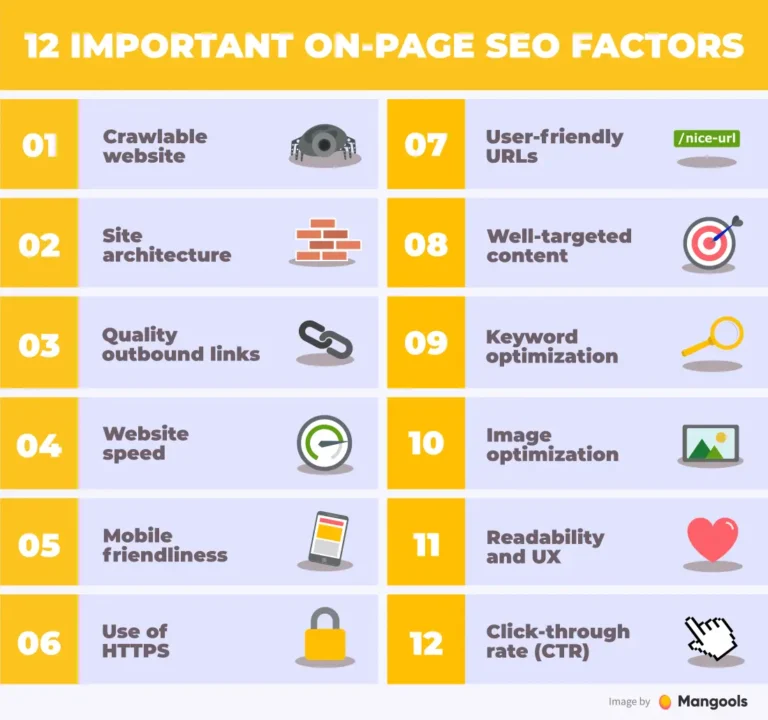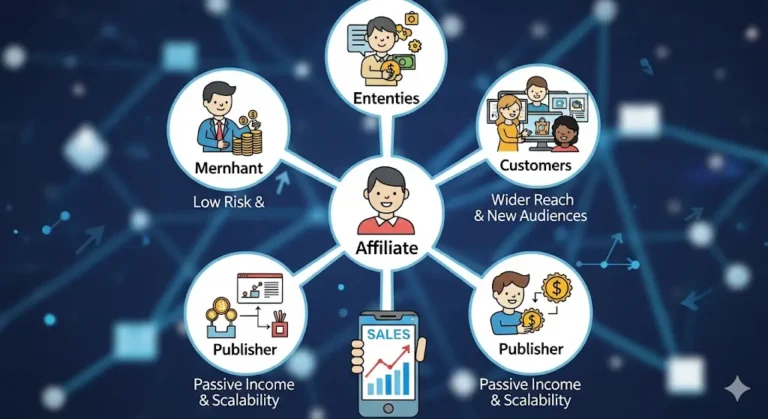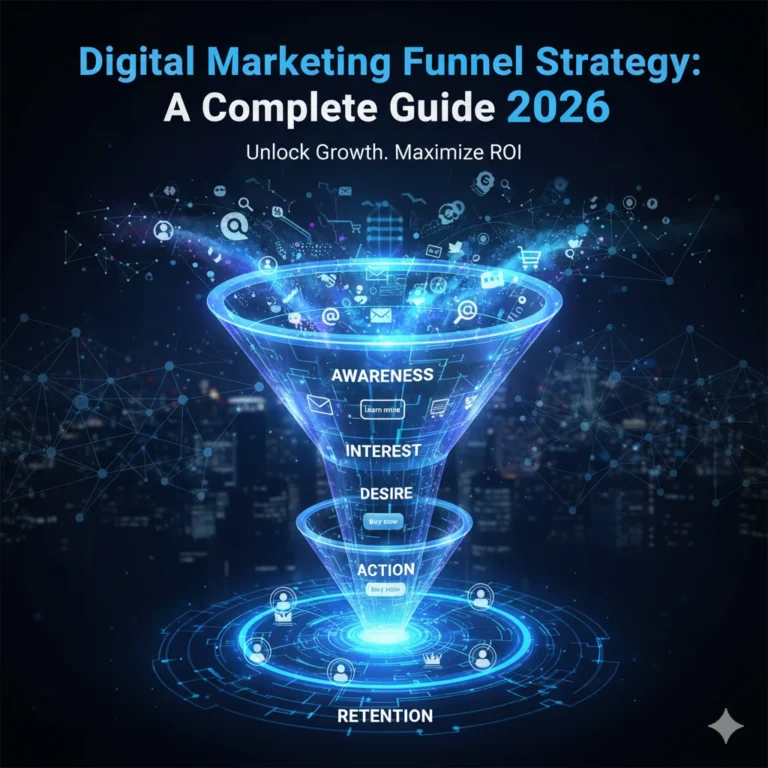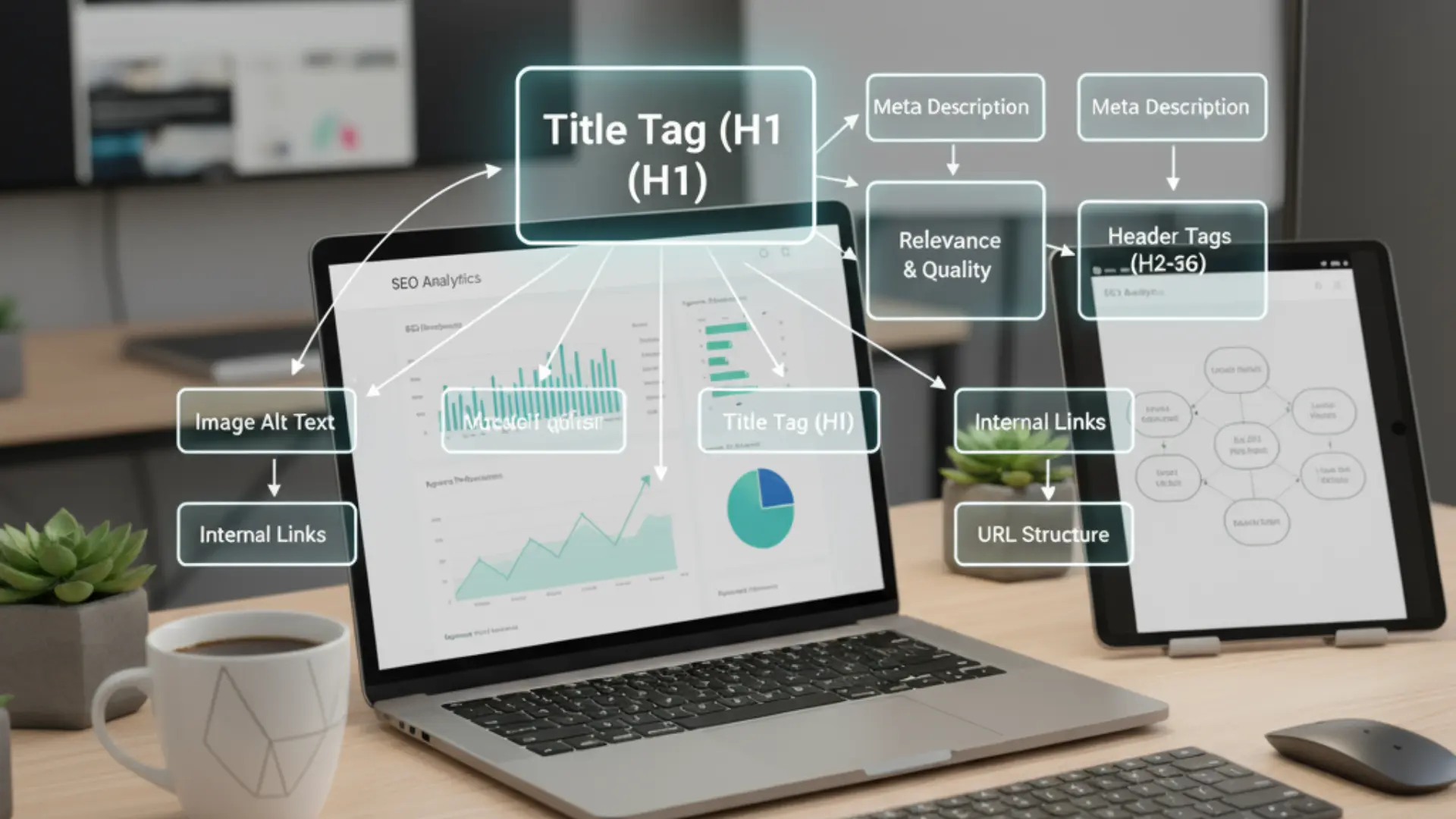
Which On-Page Element Carries the Most Weight for SEO? The Definitive Guide
Uncover the truth about which on-page element carries the most weight for SEO. This definitive guide breaks down the roles of title tags, content, meta descriptions, and more to help you build a top-ranking page.
Table of Contents
- The Enduring SEO Question
- What Are On-Page SEO Elements?
- The Top Contender: The Power of the Title Tag
- The Reigning Champion: The Undeniable Power of Content
- The Supporting Cast: Other Critical On-Page Elements
- Advanced On-Page SEO Strategies
- What Search Engines Don’t Want: Avoiding Penalties
- Answering the Question: The Final Verdict
- Conclusion: The Holistic View of SEO Success
The Enduring SEO Question
In the intricate world of search engine optimization, few questions are as fundamental and hotly debated as this: Which On-Page Element Carries the Most Weight for SEO? Every website owner, content creator, and digital marketer seeks the answer, hoping to find that one lever they can pull to skyrocket their rankings and organic traffic. Understanding Which On-Page Element Carries the Most Weight for SEO? is key to crafting a strategy that delivers results.
The truth is, while there’s no single magic bullet, some elements undoubtedly have a more profound impact than others. The art of modern SEO lies not in isolating one factor but in understanding how to blend these elements seamlessly to create an experience that pleases both search engines and human readers. SEO is the art of ranking in the search engines, and it requires a balanced, strategic approach. This guide will dissect each critical component, revealing its true weight and showing you how to optimize it for maximum effect, with a focus on Which On-Page Element Carries the Most Weight for SEO?
What Are On-Page SEO Elements?
Before we crown a champion, it’s crucial to define the playing field. On-page SEO refers to all the elements on your website that you can control and optimize to improve your search engine rankings. This encompasses everything from the content users see to the underlying HTML code that search engine crawlers read. Determining Which On-Page Element Carries the Most Weight for SEO? starts with understanding these components.
Unlike off-page SEO (which involves building backlinks from other sites) or technical SEO (which focuses on site speed, indexing, and crawlability), on-page SEO is directly within your immediate control. It’s the content, the structure, and the meta-information that make your page what it is. Mastering these page SEO elements is your most direct path to signaling relevance and value to search engines like Google. Essentially, page SEO refers to the practice of optimizing individual web pages to rank higher and earn more relevant traffic, and identifying Which On-Page Element Carries the Most Weight for SEO? is central to this process.
The Top Contender: The Power of the Title Tag
If you were forced to choose one element based on its direct and immediate impact, the optimal title tag would be the strongest contender for Which On-Page Element Carries the Most Weight for SEO?
What Is a Title Tag?
The title tag is an HTML element (<title>) that defines the title of a web page. It’s the clickable headline you see on Search Engine Results Pages (SERPs) and is also displayed in your browser’s tab. It is arguably the most important on-page element for securing that initial click, making it a critical factor on-page Seo
Why the Title Tag Carries Immense Weight
- Primary Relevance Signal: It is the foremost signal search engines use to understand the topic and context of your page. A well-crafted title tag tells Google exactly what your page is about, directly addressing Which On-Page Element Carries the Most Weight for SEO?
- The Click-Through Rate (CTR) King: Perhaps even more importantly, the title tag is your primary tool for earning clicks. It’s your ad copy, your first impression, and your value proposition all rolled into one. A compelling, clear title tag will earn a high click through rate, which is a powerful positive ranking signal. Search engines interpret a high CTR as a sign that your page is relevant and satisfying user queries, reinforcing its importance in Which On-Page Element Carries the Most Weight for SEO?
Best Practices for an Optimal Title Tag
- Keep it Short and Descriptive: Aim for under 60 characters to ensure it doesn’t get truncated on search engine results pages serps, a key consideration for Which On-Page Element Carries the Most Weight for SEO?
- Place Keywords Strategically: Include your primary keyword (e.g., “Which On-Page Element Carries the Most Weight for SEO?”) as close to the beginning as possible.
- Write for Humans: Avoid keyword stuffing—a practice search engines don’t want. Make it natural, engaging, and compelling. Use power words like “Discover,” “Ultimate,” or “Guide” to attract clicks.
- Be Unique: Every page on your site should have a unique title tag.
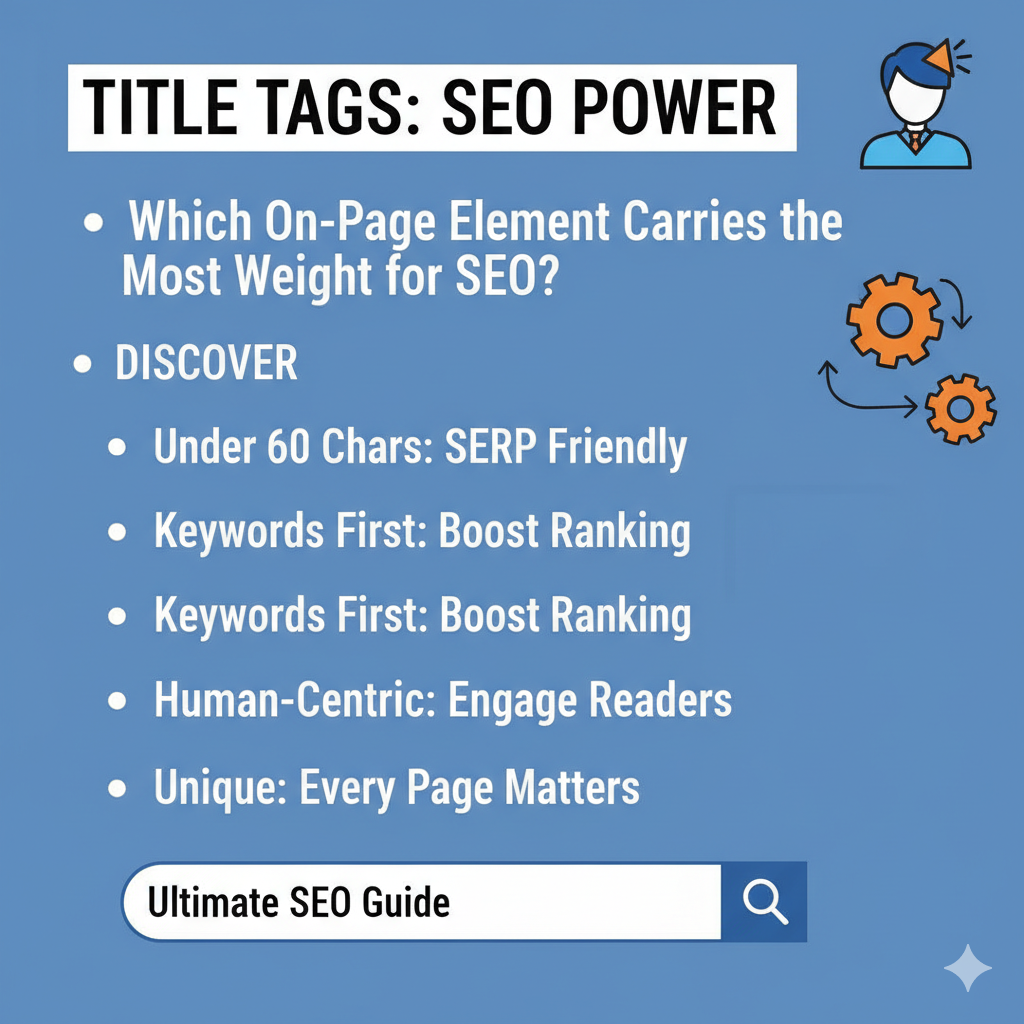
The Reigning Champion: The Undeniable Power of Content
However, to declare the title tag the outright winner would be to ignore the true heart of SEO: high-quality, relevant page content. Content is the foundation upon which everything else is built. It’s often called “king” for a very good reason. If the title tag gets the click, the content is what earns the stay, the share, and the backlink, making it a top contender.
Why Content is Paramount
- Search engines have one ultimate goal: to provide the best, most relevant answer to a user’s query. Your content is that answer. Google’s algorithms have evolved to become incredibly sophisticated at assessing content quality, depth, and user intent, which ties directly to Which On-Page Element Carries the Most Weight for SEO?
- Satisfying User Intent: A well-written, comprehensive article that fully answers a user’s question will always outperform a thin, keyword-stuffed page, even if the latter is perfectly optimized in every other way. Which of the following items search engines don’t want? The answer is spam, keyword stuffing, and thin content, all of which undermine Which On-Page Element Carries the Most Weight for SEO?
- Building Authority and Trust: In-depth content establishes your site as an authoritative source in your niche, which is a critical factor for ranking competitive topics and addressing Which On-Page Element Carries the Most Weight for SEO?
- Fueling Other SEO Efforts: Your content is what earns backlinks (a huge off-page ranking factor), keeps users on your site, and provides the context for your internal links.
How to Create King-Worthy Content
- Answer the Query Completely: Cover the topic exhaustively. Use tools like Google’s “People also ask” to identify and answer related questions, ensuring your content aligns with Which On-Page Element Carries the Most Weight for SEO?
- Structure for Readability: Break up large blocks of text with descriptive headings (H2, H3, etc.), bullet points, and numbered lists. This enhances user experience and helps crawlers understand your content’s structure.
- Use Keywords Naturally: Integrate your primary keyword and related Latent Semantic Indexing (LSI) keywords (e.g., “page SEO elements,” “weight for SEO,” “search engine results pages”) in a way that feels organic and natural.
- Focus on Value: Always ask, “Does this provide real value to my reader?” If the answer is no, rewrite it to better address Which On-Page Element Carries the Most Weight for SEO?
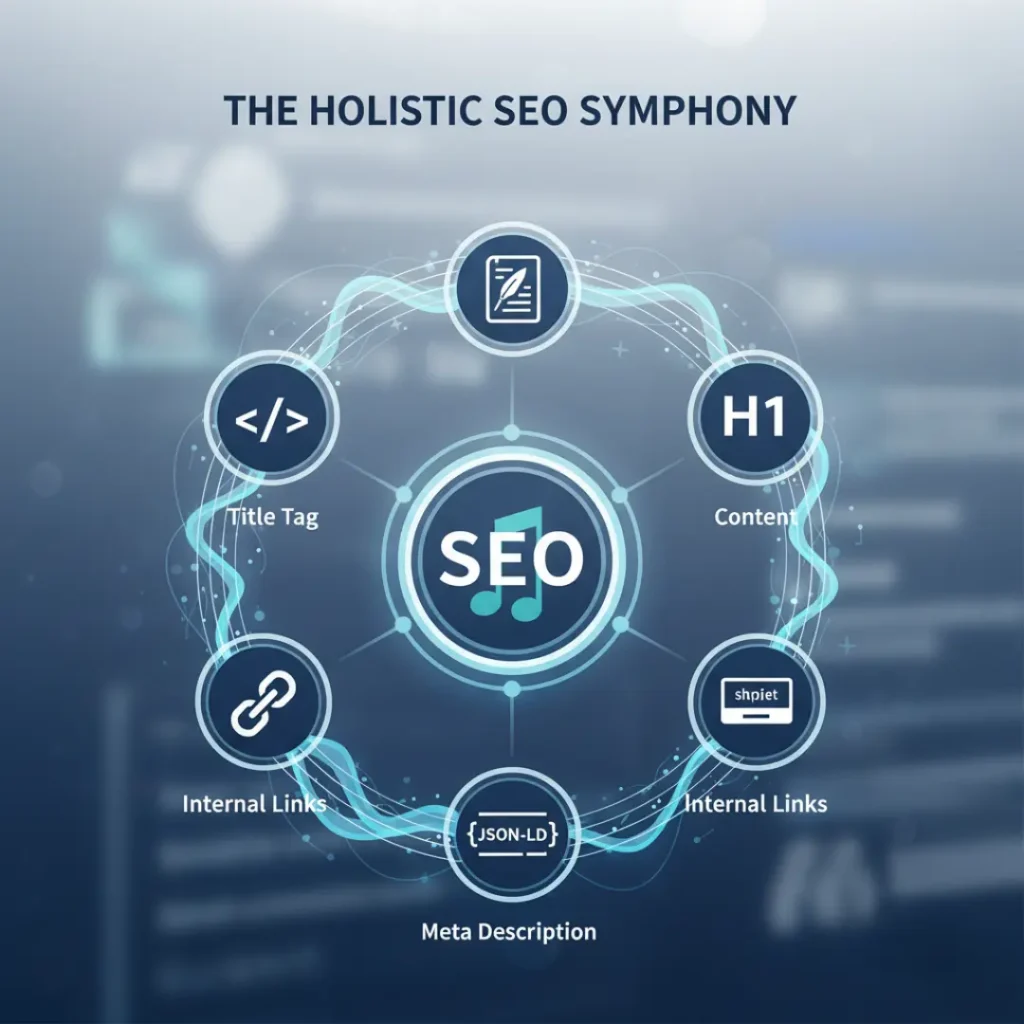
Advanced On-Page SEO Strategies
Schema Markup: Enhancing SERP Visibility
Schema markup is structured data added to your HTML to help search engines understand your content better.
Best Practice: Use JSON-LD format to implement schema markup for articles, FAQs, or products.
The Supporting Cast: Other Critical On-Page Elements
While the title tag and content are the stars, a successful SEO strategy requires a strong supporting cast. Ignoring these elements can undermine even the best content, so they all contribute to rank on Serp.
Meta Descriptions: The Indirect CTR Booster
The meta description is the short blurb (around 150-160 characters) that appears beneath the title tag in the SERPs. While it is not a direct ranking factor, its importance should not be underestimated in the context.
SEO?
- Role: A compelling meta description dramatically improves your click-through rate by giving users a clear reason to choose your page over others. This enhanced CTR sends positive signals to Google.
- Best Practice: Write a concise, action-oriented summary that includes your primary keyword (which often gets bolded in the SERPs, drawing attention) and a call to action.
Example: <meta name=”description” content=”Discover Which On-Page Element Carries the Most Weight for SEO? and learn how to optimize each one to dominate search engine rankings and skyrocket your traffic.” />
Header Tags (H1-H6): The Content Scaffolding
- Headings (H1, H2, H3, etc.) are essential for structuring your content. Your H1 should be the main title of the page (and usually mirrors the title tag), while H2s and H3s break the content into logical, scannable sections, all of which contribute to Which On-Page Element Carries the Most Weight for SEO?
- Role: They make your content easy to navigate for both users and search engine crawlers, providing essential context and hierarchy. They are a fundamental page SEO element.
- Best Practice: Use your primary keyword in the H1 and incorporate related keywords into your subheadings. Use them in a logical order (H1 followed by H2, then H3, etc.) to create a clear outline.

Optimizing H1 for Maximum Impact
The H1 tag should clearly reflect the page’s main topic, such as Which On-Page Element Carries the Most Weight for SEO?, ensuring alignment with user intent and search engine expectations.
Internal Links: The Website's Nervous System
- Internal links are hyperlinks that point to other pages on your own website. They are the connective tissue of your site and play a role in Which On-Page Element Carries the Most Weight for SEO?
- Role: They help search engine crawlers discover new content, understand the relationship between different pages on your site, and distribute “link equity” (ranking power) throughout your site. They also keep users engaged, reduce bounce rates, and increase time on site—all positive signals for SEO.
- Best Practice: Link contextually using descriptive anchor text (e.g., “learn more about technical SEO“) rather than generic text like “click here.” This helps both users and crawlers understand what the linked page is about.
Strategic Internal Linking
Use internal links to guide users to related content, such as articles that further explore Which On-Page Element Carries the Most Weight for SEO?, to boost engagement and SEO performance.
Image Optimization: Enhancing UX and Accessibility
- Images, videos, and infographics make content more engaging, but they must be optimized. Optimized images are a crucial but often overlooked on-page element in the discussion of Which On-Page Element Carries the Most Weight for SEO?
- Role: Visuals significantly improve user experience. However, large, unoptimized images can slow down your site, directly harming your rankings.
- Best Practice:
- Compress images to reduce file size and improve loading speed.
- Use descriptive file names (e.g., on-page-seo-elements-diagram.jpg instead of IMG12345.jpg).
- Always include alt text that accurately describes the image. This is crucial for accessibility (screen readers use it) and helps search engines understand the image’s content, potentially ranking it in image search.
URL Structure: The Clean Address
A clean, logical URL structure is a sign of a well-organized website and a basic tenet of technical SEO, which ties into Which On-Page Element Carries the Most Weight for SEO?
- Role: It helps users and search engines understand the page’s location within your site’s hierarchy and its content at a glance.
- Best Practice: Keep URLs short, descriptive, and include the primary keyword. Use hyphens to separate words (e.g., /which-on-page-element-carries-the-most-weight-for-seo/).
Crafting SEO-Friendly URLs
A URL like /which-on-page-element-carries-the-most-weight-for-seo/ clearly signals the page’s focus on Which On-Page Element Carries the Most Weight for SEO?
Technical SEO: The Essential Foundation
- Technical SEO is the backbone that supports all on-page efforts. It ensures that your beautifully optimized content can be found, crawled, and indexed efficiently, a critical aspect of Which On-Page Element Carries the Most Weight for SEO?
- Role: Factors like site speed, mobile-friendliness, secure connections (HTTPS), and a clean site structure are fundamental. If your site is slow or broken, none of your other on-page work will matter as much.
- Best Practice: Regularly perform site audits to check for and fix issues like 404 errors, slow loading times, and mobile responsiveness problems.
Site Speed and SEO
Optimizing site speed is crucial for Which On-Page Element Carries the Most Weight for SEO?, as it directly impacts user experience and rankings. Tool To Check Page Speed
Leveraging AI SEO Tools for a Modern Workflow
Modern SEO is complex, but AI SEO tools scale agile solutions by automating and enhancing many tedious tasks. These tools can assist with:Keyword research and content gap analysis, identifying opportunities you might have missed, including insights into Which On-Page Element Carries the Most Weight for SEO?Generating SEO-friendly content outlines and even drafting content.Performing comprehensive technical SEO site audits with a single click.Analyzing competitor strategies to understand what is working for them.However, it’s critical to remember that they are meant to augment human effort, not replace it. The creativity, empathy, and unique insights of a skilled SEO professional or content writer remain irreplaceable. Use AI as a powerful assistant to handle data, while you focus on strategy and creativity
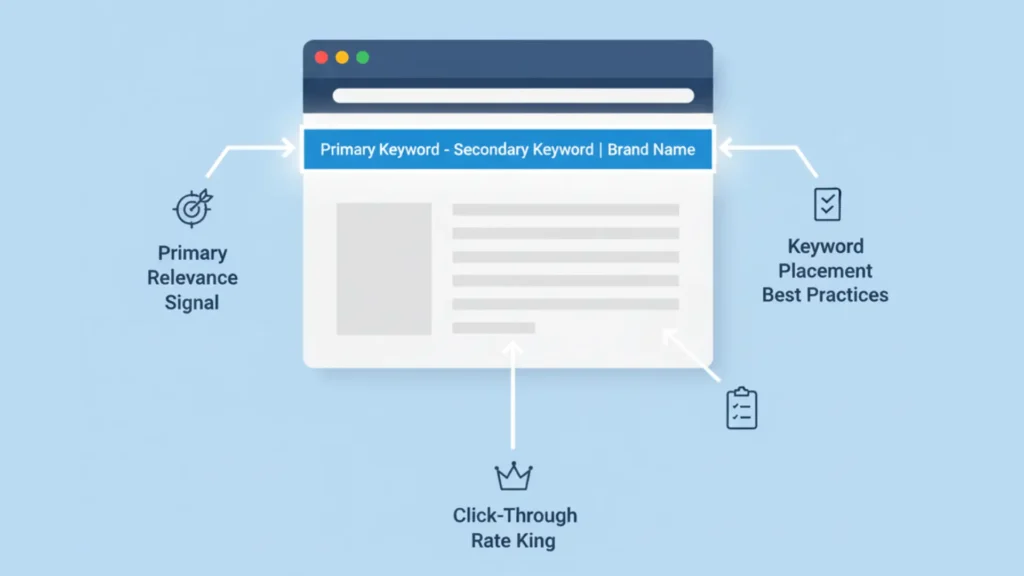
AI Tools for Keyword Optimization
AI tools can help identify high-value keywords related to Which On-Page Element Carries the Most Weight for SEO?, streamlining your optimization process.
What Search Engines Don’t Want: Avoiding Penalties
- Understanding what to avoid is just as important as knowing what to implement. Key pitfalls include:
- Keyword Stuffing: Forcefully repeating keywords in an unnatural way.
- Thin Content: Pages with little or no original, valuable content.
- Duplicate Content: Republishing the same content across multiple pages.
- Cloaking: Showing different content to users and search engines.
- Poor User Experience: Slow load times, intrusive pop-ups, and not being mobile-friendly.
On-Page SEO Elements Table
| On-Page Element | Primary SEO Function | Key Best Practice |
|---|---|---|
| Title Tag | Relevance signal & CTR optimization | Keep under 60 chars; place keyword near front. |
| Page Content | Satisfy user intent & build authority | Be comprehensive, original, and valuable. |
| Meta Description | Improve CTR from SERPs | Write a compelling 150–160 char summary. |
| Header Tags (H1–H6) | Content structure & scannability | Use one H1; create a logical hierarchy. |
| Internal Links | Site architecture & link equity distribution | Use descriptive anchor text. |
| Image Alt Text | Accessibility & image search ranking | Describe the image accurately and concisely. |
| URL Slug | Relevance signal & user experience | Use hyphens; include target keyword. |

User Engagement Metrics: The Hidden Ranking Factors
Search engines like Google monitor engagement metrics such as dwell time, bounce rate, and pages per session.
Best Practice: Optimize for dwell time by creating engaging, interactive content, adding videos or quizzes.
Content Freshness: Staying Relevant
Search engines favor fresh, up-to-date content.
Best Practice: Update your content at least once a year, add new sections, refresh outdated information.
Voice Search Optimization: The Future of SEO
Voice search queries are often conversational.
Best Practice: Include question-based headings and direct answers in a FAQ section.
Mobile Optimization: A Non-Negotiable Requirement
A mobile-friendly site is essential for SEO success.
Best Practice: Use responsive design, large fonts, touch-friendly buttons, and optimize images for speed.
Answering the Question: The Final Verdict
If looking for the most important technical signal for initial rankings, it’s the title tag.
But for long-term success, high-quality content is paramount.
The best approach is holistic: combine a compelling title tag, high-value content, strong meta descriptions, structured headings, and strategic internal links.
The quest to find the one element that carries the most weight is understandable, but it’s ultimately the wrong way to think about SEO. SEO is the art of ranking in the search engines by creating a seamless, valuable experience for your audience. It’s about combining the power of a compelling optimal title tag, king-quality page content, and a meticulously optimized supporting cast, all of which contribute to answering Which On-Page Element Carries the Most Weight for SEO?
Instead of focusing on a single element, adopt a holistic approach. Craft irresistible title tags, invest in creating phenomenal content that serves the user, and meticulously optimize every supporting element on the page. By understanding that SEO stands for Search Engine Optimization of the entire experience, you will build a foundation for sustainable traffic growth and long-term ranking success. Remember, optimize for people first, and the search engines will follow, ensuring you’ve addressed Which On-Page Element Carries the Most Weight for SEO? effectively.
| On-Page Element | Primary SEO Function | Key Best Practice |
| Title Tag | Relevance Signal & CTR Optimization | Keep under 60 characters; place the primary keyword near the beginning. |
| Page Content | Satisfy User Intent & Build Authority | Be comprehensive, original, and valuable. |
| Meta Description | Improve CTR from SERPs | Write a compelling 150-160 character summary with a call to action. |
| Header Tags (H1-H6) | Content structure & scannability | Use one H1; create a logical hierarchy (H1, H2, H3). |
| Internal Links | Site architecture & link equity distribution | Use descriptive anchor text to link contextually to other pages on your site. |
| Image Optimization | Accessibility & image search ranking | Use descriptive file names and include relevant alt text. |
| URL Structure | Relevance signal & user experience | Keep it short, descriptive, and include the primary keyword. |
| Schema Markup | Enhance SERP visibility | Use structured data (JSON-LD) to create rich snippets. |
| Technical SEO | Foundational support | Optimize for site speed, mobile-friendliness, and crawlability. |
| User Engagement | Indirect ranking factor | Create engaging content that increases dwell time and reduces bounce rate. |
| Content Freshness | Stay relevant & authoritative | Regularly update content with new information and statistics. |
| Voice Search Optimization | Adapt to new search behavior | Use question-based headings and provide concise answers. |
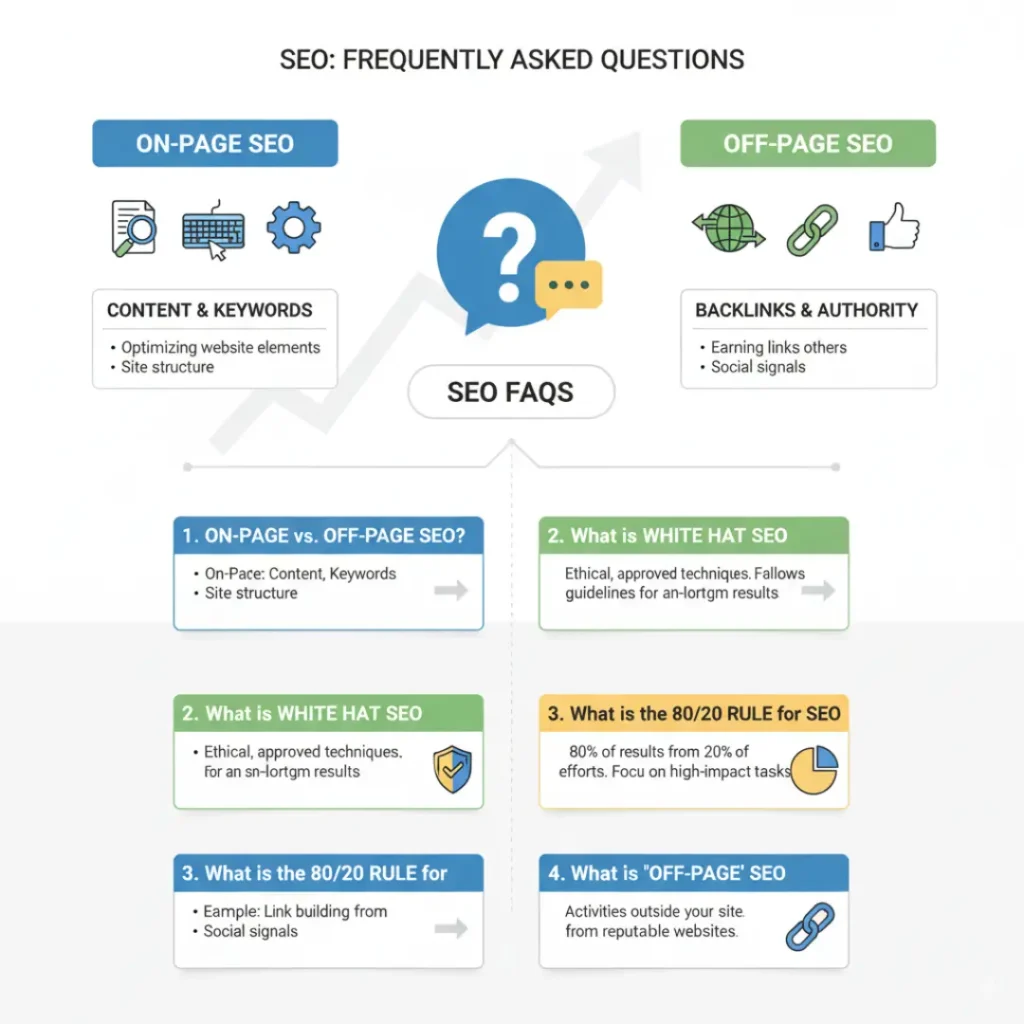
What's the main difference between on-page and off-page SEO?
Lorem ipsum dolor sit amet, consectetur adipiscing elit. Ut elit tellus, luctus nec ullamcorper mattis, pulvinar dapibus leo.
What is white hat SEO?
Lorem ipsum dolor sit amet, consectetur adipiscing elit. Ut elit tellus, luctus nec ullamcorper mattis, pulvinar dapibus leo.
What is the 80/20 rule for SEO?
Lorem ipsum dolor sit amet, consectetur adipiscing elit. Ut elit tellus, luctus nec ullamcorper mattis, pulvinar dapibus leo.
What is 'off-page' SEO?
Lorem ipsum dolor sit amet, consectetur adipiscing elit. Ut elit tellus, luctus nec ullamcorper mattis, pulvinar dapibus leo.
Off-page SEO involves all activities done outside of your own website to improve its search engine ranking. The most common example is link building, where you get other reputable websites to link to yours.
About the Author
Jayanth Meteri
Administrator
Hi, I’m Jayanth Meteri, a passionate and results-driven Freelance Digital Marketer and Performance Marketing Specialist with hands-on experience in Google Ads, Meta Ads, Facebook Ads, PPC Campaigns, SEO, and Website Design.

